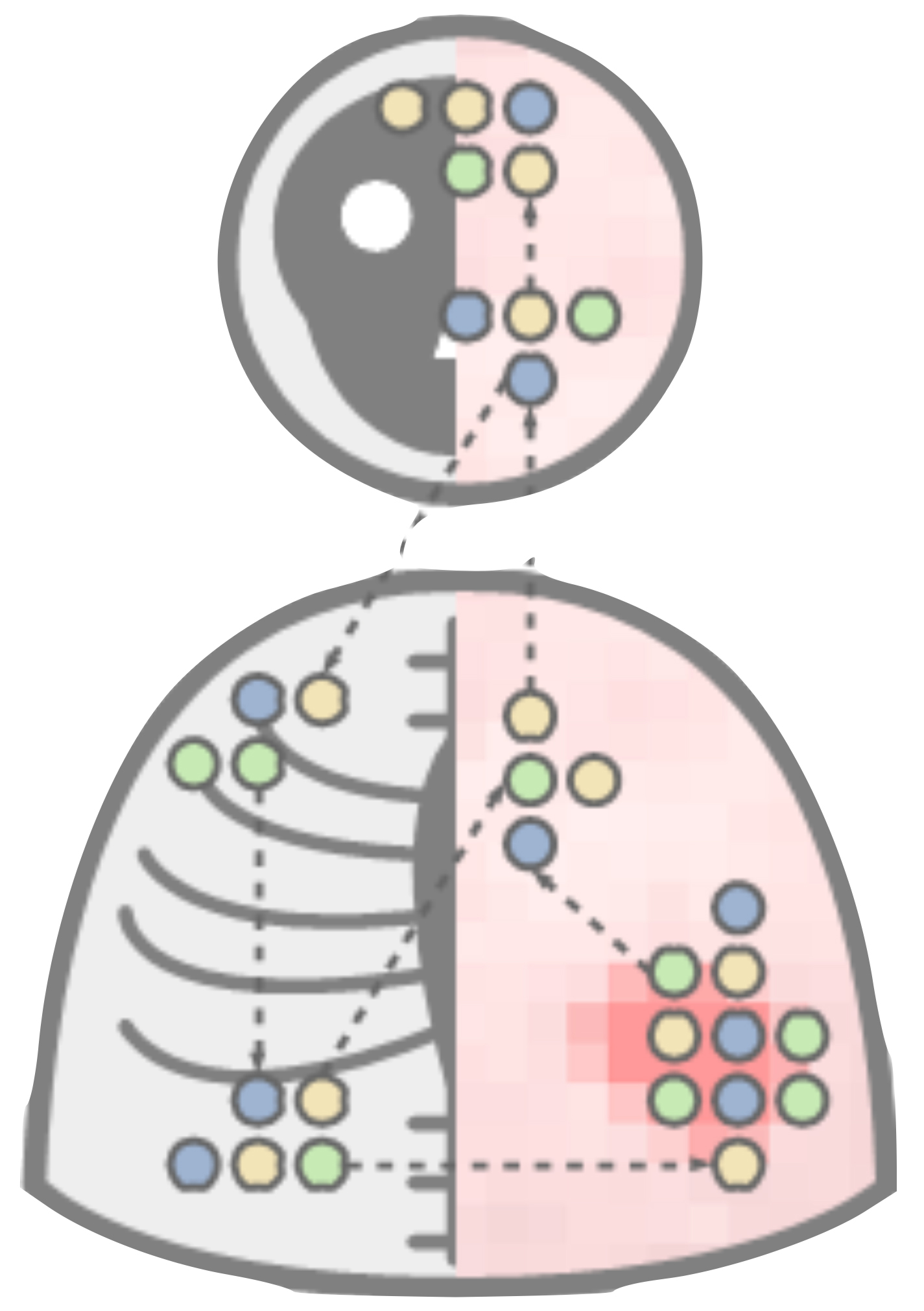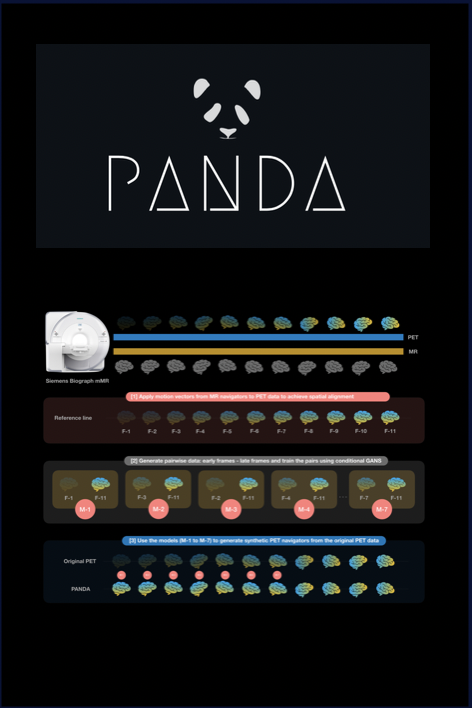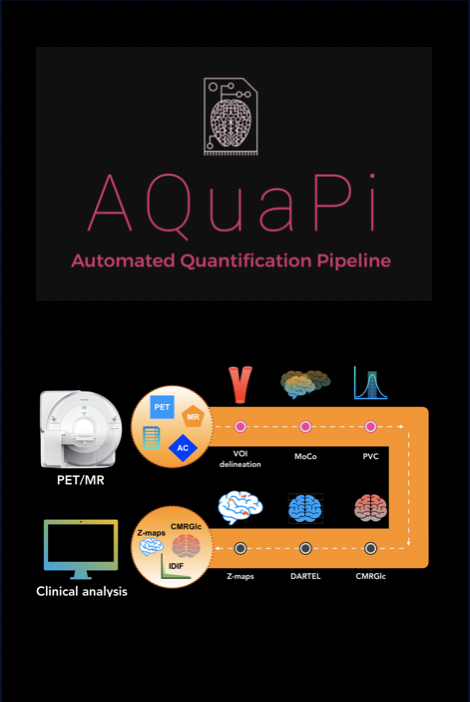Network imaging: Assessment of inter-organ axes

Understanding complex diseases and choosing appropriate therapies mandates a better understanding of inter-organ communication and network effects. Today, molecular imaging data can be sourced from dynamic, whole-body PET (DWB-PET) imaging, but automated pipelines for advanced data processing are missing. We are establishing an armamentarium of image-analysis tools to bring forth an automatic quantification platform for clinical DWB-PET to assess inter-organ signaling for selected, clinically relevant scenarios.
Data-driven motion correction

Subject motion has a deteriorating impact in PET imaging. A PET/MR system can elegantly solve the issue of motion with the aid of simultaneously acquired MR-navigators. Nonetheless, the accurate correction of subject motion remains a serious challenge in PET/CT imaging of patients. In this topic, apart from MR-based motion correction, we also focus on developing robust, yet simplistic data-driven algorithms for performing accurate motion correction in routine clinical PET scans. Recently, we have investigated the use of deep learning to track motion and the source codes can be found here.
Non-invasive absolute quantification

The prospect of deriving fully-quantitative physiological measurements of the human body that goes beyond differential evaluation of image patterns is a key strength of PET imaging. However, due to the complexity and invasiveness (i.e. arterial input function) of the protocols, their adoption into clinical work was limited. Here, we aim to bring non-invasive absolute quantification (based on image-derived input function) to the clinical routine by performing joint data exploration with the aid of advanced image analysis. The tools developed for this research topic are available for free.
